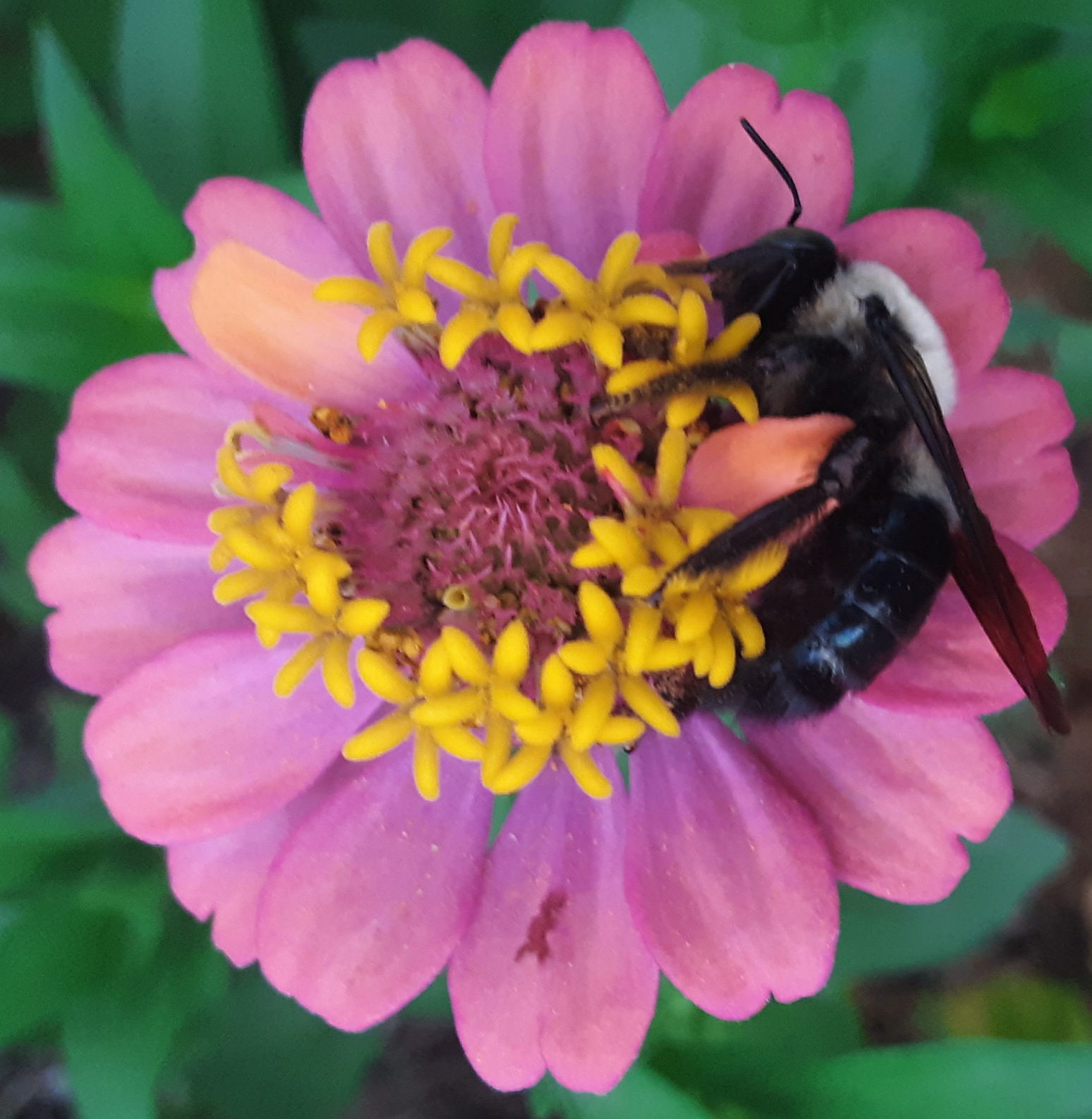This is an ode to all women who live in the country, and chronicle the exciting and the mundane, and entices the rest of us to raise a lamb, plant a bed of asparagus, aspire to grow an entire meal’s worth of food, or at least eat locally for a year.
These women have been indirectly and directly affecting my life and lifestyle (and that of my family) since I was little…beginning with Louisa Venable Kyle’s “Ram Lamb.”
I’d read the history Ms. Kyle had recorded of my own city (at the time, Virginia Beach); a history that included old brick churches, black sheep, former farmsteads where suburbs of hundreds now lived, and even the country’s first witch trial.
That these things happened were now just roads and neighborhoods existed still bewilders me, and if it were not for their research and carefully (or whimsically) recorded journal writings, I might have never known about the land all around me.
“Ram Lamb,” a book by Ms. Kyle of Virginia Beach, is the book that put seeds in my head that one day I would really like to have sheep. Of course, it is really rare to spot sheep in places other than petting zoos and bonafide farms, but occasionally I have spotted them in weird places like the intersection of Kempsville and Witchduck near Norfolk, or on Main Street in Williamsburg. The aforementioned location harkens back to days when Kempsville was actually a thriving seaport, and not just subdivisions and strip malls, with a mere ditch marking this former commerce hotspot.
On that note, the very name “Witchduck” was so integral to living in the area, that I took it for granted until I found out it was actually named for the place where Grace Sherwood (also known as “the Witch of Pungo“) was tried by ducking. She managed to escape and swim away just as a thunderstorm erupted out of a seemingly clear day, which didn’t help to dispel ideas that she had supernatural assistance. She subsequently did jail time till the Governor of Virginia pardoned her after ten years of serving time.
I thought of Grace a lot when we moved to Pungo in my twenties; the land on which we lived actually was said to have once been part of the same farm she’d lived back in the 1600s.
Living in Pungo, learning to garden, I’d think about how strange it must have been in a time where, if you had Rosemary growing on your plot, then you probably had “sailed to England in an eggshell overnight,” as she was accused, and so must have therefore been a witch! This, of course, proved the necessity of a trial by ducking at a time when most women could not swim, so it was a miracle she emerged alive, the very spot now only marked by the name on the road which traverses it. The tree from which she was ducked was said to have perished sometime late last century, and due to over-development in the area not much was left but some sheep and three very old houses which have since been moved.
Across town, three hundred years later, Ms. Kyle had grown a large garden and planted an orchard, tending sheep and three girls on a much smaller farm that now was obscured along Great Neck Road, now hidden amongst many McMansions, but no sheep.
Both of these women, I’m sure would have benefited greatly from the books of more modern-day Revolutionary farm woman, Carla Emery, who wrote the longest book written by one person) called “The Countrywoman’s Encyclopedia,” and Barbara Kingsolver‘s writings, whose main themes center on human rights, rural living, and the environment. As a former biologist, her writing contains just enough technical detail so that you can trust what you are reading has been thought out and proven.
Ms. Kingsolver, does not, for instance, advocate sailing to England on an eggshell just to get Rosemary, especially not in her book “Animal, Vegetable, Miracle,” written with help by her entire family. It is a journal of their attempts to eat food grown and produced within 100 miles of their home in Southwestern Virginia for an entire year. They are not purists, though….they take two delicious-sounding trips to Italy and New England during which they still eat food grown within 100 miles of where they find themselves.
Carla Emery’s 900+ page tome makes this attempt easier with all her sensible advice. Indeed, she raised nine children while writing it; there’s even comprehensive advice even on such random items as growing salsify, quail, or your own chicken feed.
In 1998, I was happy to host Carla Emery at our local Farmers Market and to have her sign my own copy but saddened to see people pass her by for potpourri nonsense at the same festival. Didn’t people realize a National treasure and font of knowledge was seated right before them, ready to give advice on all manner of things? She ended up doing no demos and left early due in part to the uninspired turnout.
I was happy to learn that in the following year, 1999, Ms. Emory’s book became a bestseller due to the hype about Y2K. She is now deceased, but the book still has a proud spot on my bookshelf and I am glad she lived to see the fame and appreciation she deserved for writing it.
Ms Emory, unlike Ms. Kyle and Kingsolver’s, was never to my knowledge a Virginia resident, but all three of those women’s’ literary works, though they vary in proficiency and scope, are cherished items in our library still as we attempt to eke out a living from our soil and understanding of our surroundings.
I am thankful that they wrote the truth, or at least were honest in reporting what could be fiction. Above all, their words, knowledge, and memories have enhanced my life and given form to my dreams.
